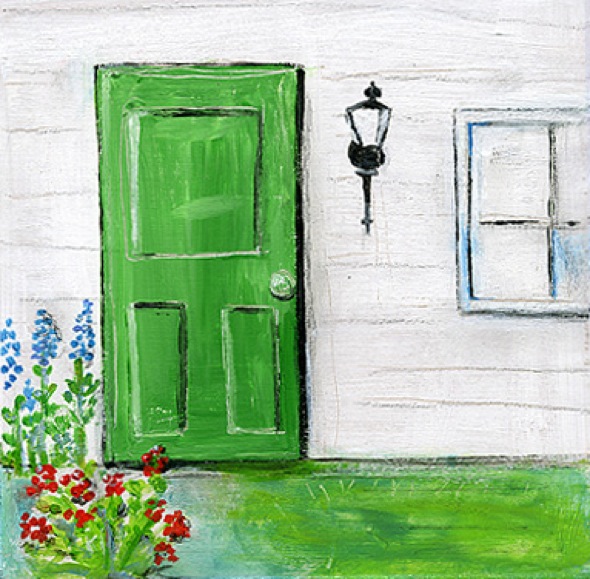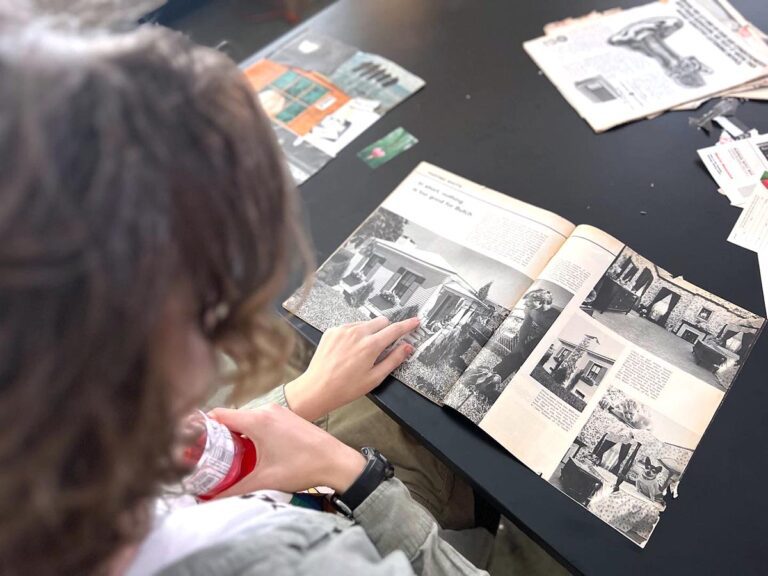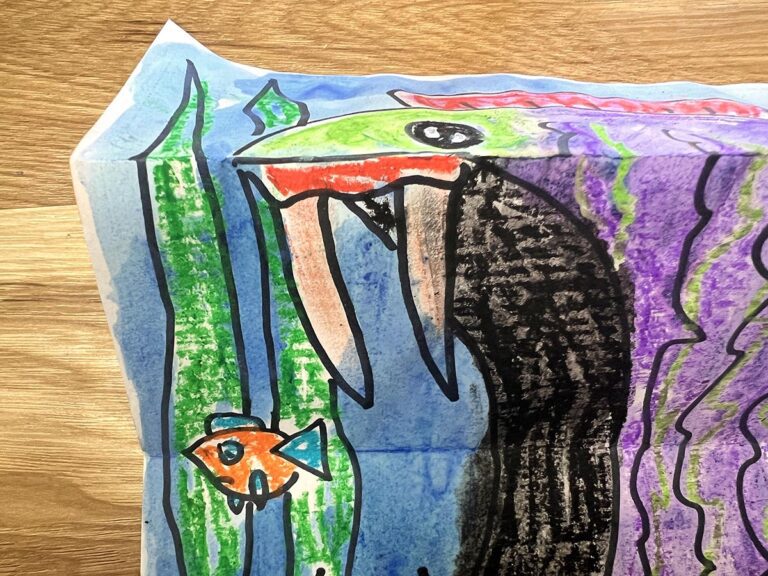Brainteasers and puzzles are wonderful things to pull out of your hat while kids are waiting in line for their teacher or if you have an extra minute of class time. They grab students’ attention, keep problem behaviors at bay, and pump up creativity!
I recently added a new game to my repertoire called “The Green Glass Door.”
This Green Glass Door can be used from age 8 on up and is even fun for adults. The game is simple, can be played anywhere at any time, and requires no supplies.
Here’s how to play.
In a nutshell, players try to figure out the one rule that allows items to pass through The Green Glass Door.
There are two directives to explain before playing:
- Players may ask yes or no questions only. For example, “Could a bear go through The Green Glass Door?”
- Once you figure out the rule, you cannot blurt it out! You must only add suggestions and continue the game.
It’s that simple. Let’s play!
I will start off by giving you a few hints:
- A kitten can go through The Green Glass Door but a cat cannot.
- A book can go through The Green Glass Door but a newspaper cannot.
- A pillow can go through The Green Glass Door but a blanket cannot.
Think you have mastered The Green Glass Door? Add your questions or suggestions below, but remember, don’t give away the rule!
(If you’re interested to see what the rule is, just take a peek at the comments where I spill the beans!)
What riddles and brainteasers do you use?
How could you play this game using concepts from your art curriculum?
Magazine articles and podcasts are opinions of professional education contributors and do not necessarily represent the position of the Art of Education University (AOEU) or its academic offerings. Contributors use terms in the way they are most often talked about in the scope of their educational experiences.





